Queen Elizabeth II dies: obituary of a ‘beloved’ monarch
The longest-reigning monarch in the nation’s history has died today aged 96
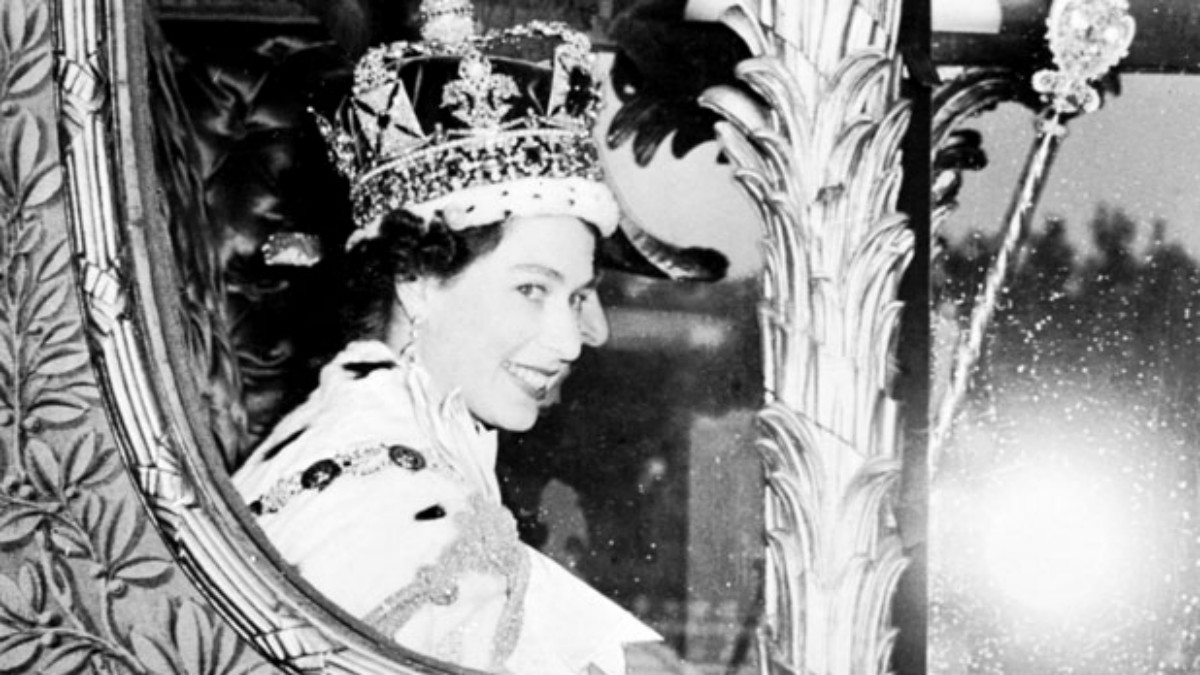
Queen Elizabeth II, the longest-reigning monarch in the nation’s history, has died today at Balmoral at the age of 96.
The Queen ascended to the throne at the age of just 25, and will be remembered for her lifetime of stoical service to the UK and as head of state to the numerous other realms and territories, and head of the Commonwealth.
In September 2015, she surpassed (her great-great-grandmother) Queen Victoria’s record of 63 years and 216 days on the throne, becoming the longest-reigning monarch in British history.
The Week
Escape your echo chamber. Get the facts behind the news, plus analysis from multiple perspectives.

Sign up for The Week's Free Newsletters
From our morning news briefing to a weekly Good News Newsletter, get the best of The Week delivered directly to your inbox.
From our morning news briefing to a weekly Good News Newsletter, get the best of The Week delivered directly to your inbox.
With a reign that spanned 15 prime ministers – from Winston Churchill to new Tory leader Liz Truss – Elizabeth II took a deep and serious interest in the business of government, and chose to mark the occasion of becoming the nation’s longest-reigning monarch with a photograph that shows her reading through her daily despatch red box.
Yet, “from the miners’ strike to the Iraq War, she has remained strictly neutral when it comes to the goings on of Parliament”, said The Telegraph. She has only occasionally let her guard drop. In 2014, the Queen made a rare remark on the matter of Scottish independence in the run-up to the referendum vote, telling a well-wisher outside a church near Balmoral that she hoped “people will think very carefully about the future”.
While her popularity waned at times, her recent approval ratings were “consistently at levels politicians could only ever dream of”, said Emma Mackenzie at The Independent. She was “personally beloved and internationally respected, even as republican sentiments continue to grow across the Commonwealth”.
A modernising influence on the monarchy, the Queen chose to allow the public to see the more intimate details of the life of the Royal Family in a 1969 BBC documentary (although the film was withdrawn from public circulation in 1972, the Queen dissatisfied with the result). She also instituted a new practice of the “walkabout” during a tour of Australia and New Zealand in 1970, allowing her to meet a greater number of people, rather than simply officials and dignitaries.
A free daily email with the biggest news stories of the day – and the best features from TheWeek.com
The practice proved so successful that members of the Royal Family now meet well-wishers during most royal visits.
Early life and coronation
Already renowned for her sense of duty and devotion, the young princess Elizabeth was not originally destined to be Queen.
Born Elizabeth Alexandra Mary on 21 April 1926, she was the elder daughter of Prince Albert and his wife, Lady Elizabeth Bowes-Lyon. At the time of her birth, she had little chance of assuming the throne, and was expected to “live a relatively normal, if privileged, life with her close-knit and loving family”, says the Royal Family’s official website.
But the direction of her life was irreversibly changed in December 1936, when her uncle King Edward VIII abdicated from the throne in order to marry American divorcee Wallis Simpson. Her father, then the Duke of York, was to be crowned King George VI, making the ten-year-old princess the heir presumptive.
Elizabeth became Queen upon the death of her father in 1952, after a 15-year reign. She was visiting Kenya at the time of her father’s death, and was the first sovereign in more than 200 years to accede to the throne while abroad.
In the early years of her reign, in 1950s post-war Britain, she was depicted as a glamorous “fairy-tale Queen”, with her coronation heralded as the beginning of a “new Elizabethan Age”.
The Guardian noted that Princess Margaret recalled those years as a “Phoenix-time”. “Everything was being raised from the ashes... and nothing to stop anything getting better and better”, said the princess of those early years.
Marriage to Prince Philip
The 13-year-old Princess Elizabeth first met 18-year-old Philip in 1939. He was a cadet at the Royal Naval College at Dartmouth and helped to entertain the Royal Family during a visit. According to the BBC, their love “blossomed” as they exchanged letters throughout the Second World War, while Philip was fighting with the Navy. In 1947, two years after the War ended, Philip asked King George VI for his eldest daughter’s hand in marriage.
The couple were married for 73 years, until Philip’s death on 9 April 2021. They had four children: Charles, the Prince of Wales, Anne, the Princess Royal, Prince Andrew, Duke of York, and Prince Edward, Duke of Wessex.
Sartorial choices and private life
Undoubtedly part of the Queen’s enduring popularity was her instantly recognisable sartorial choices. “I have to be seen to be believed,” the Queen is said to have once remarked, and the royal wardrobe ensured she could be spotted in a crowd instantly.
Employing “a series of simple shapes and colour blocks”, such as “the pastel rectangle of her customary coat and the bright disk of a matching hat”, her outfits were “almost Warholian in their Pop simplicity”, said The New York Times. “The outfit would say the Queen even if the Queen wasn’t in the outfit.”
Her love of animals, particularly dogs and most of all, horses, is also well known. As her “skill and passion for horses grew over the years, she would go on to become a fixture at notable equine events”, said the London Evening Standard. She was still riding her Fell pony, Fenn, around the grounds of Windsor Castle at the age of 94.
The Queen proudly held the accolade of being one of the most successful racehorse owners and breeders of all time, with 531 wins to her name. At Royal Ascot in 2021, the Duchess of Cornwall described horse racing as the Queen’s greatest passion and said she had an “encyclopedic” knowledge of her horses past and present, reported Town & Country.
“This is her passion in life and she loves it, and you can tell how much she loves it,” said the Duchess. “She can tell you every horse she’s bred and owned, from the very beginning, she doesn’t forget anything.”
Death of Diana, Princess of Wales
Perhaps one of her greatest missteps came following the death of Diana, Princess of Wales, in 1997. As a sea of floral tributes mounted outside the gates of Kensington Palace, public outrage began to build when the Queen did not return to London from Balmoral in the immediate aftermath of Diana’s death. Instead, she remained with her grandsons William and Harry.
Public anger that the Union flag was not flown at half-mast over Buckingham Palace, as well as a perceived “silence” from the Royals, forced then PM Tony Blair to step in to defend the family against accusations that they “should have done more to express their grief”, reported the BBC at the time.
Front pages from the tabloid newspapers illustrated the depth of feeling at the time: “Show us you care,” said the front page of the Daily Express, while The Sun asked: “Where is our Queen? Where is her Flag?”
Yet the Queen was undoubtedly a source of comfort for many during times of crisis too. She invoked the spirit of the Second World War at a special public address in the midst of the 2020 coronavirus crisis, promising the British public and the Commonwealth: “We will meet again.”
Recent health worries
Signs of the Queen’s advancing years came to public attention last October, when she publicly used a walking stick to attend a service marking the centenary of the Royal British Legion at Westminister Abbey. She had previously used a walking stick in 2003 and 2004 after a knee operation, but this was thought to be the first time she had used an aid for “comfort” and not for a “specific medical reason”, said The Guardian at the time.
The following week she was admitted to the Edward VII hospital for an overnight stay, her first in eight years, for what Buckingham Palace termed “preliminary investigations”. Buckingham Palace gave no further details over what had prompted the medical attention, which forced her to cancel a trip to Northern Ireland.
She returned to her desk at Windsor Castle the following day and was said to be in “good spirits”, but was later advised by her doctors to rest for a further two weeks.
The Queen did not undertake any official visits at that time, and pulled out of attending in person the Cop26 climate conference, held in Glasgow, where she was due to host a major reception of world leaders.
But she gave a pre-recorded speech in which she urged world leaders to “achieve true statesmanship” in leading the fight against climate change. “None of us will live forever,” she said. “But we are doing this not for ourselves, but for our children and our children’s children, and those who will follow in their footsteps.”
Fears for the Queen’s health further deepened recently, amid reports that she was suffering mobility problems more frequently. On Wednesday, she pulled out of a virtual meeting of her Privy Council. After Buckingham Palance announced that she was under medical supervision on Thursday, her family headed up to Balmoral to be by her side.
-
 Zimbabwe’s driving crisis
Zimbabwe’s driving crisisUnder the Radar Southern African nation is experiencing a ‘public health disaster’ with one of the highest road fatality rates in the world
-
 The Mint’s 250th anniversary coins face a whitewashing controversy
The Mint’s 250th anniversary coins face a whitewashing controversyThe Explainer The designs omitted several notable moments for civil rights and women’s rights
-
 ‘If regulators nix the rail merger, supply chain inefficiency will persist’
‘If regulators nix the rail merger, supply chain inefficiency will persist’Instant Opinion Opinion, comment and editorials of the day
-
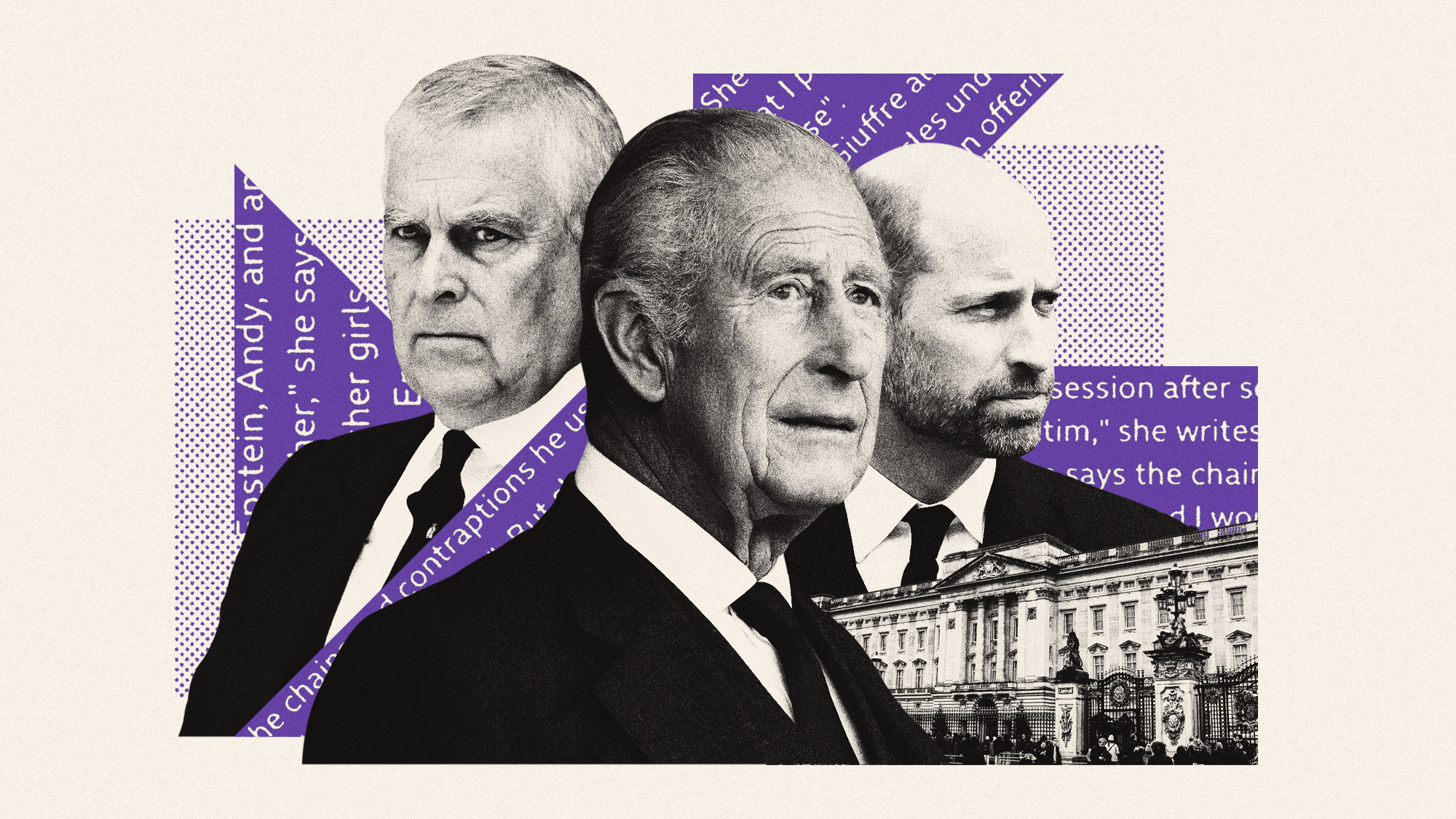 Prince Andrew: is the royal family doing enough?
Prince Andrew: is the royal family doing enough?Today’s Big Question King Charles faces calls for tougher action against Andrew after latest allegations about Virginia Giuffre and Jeffrey Epstein
-
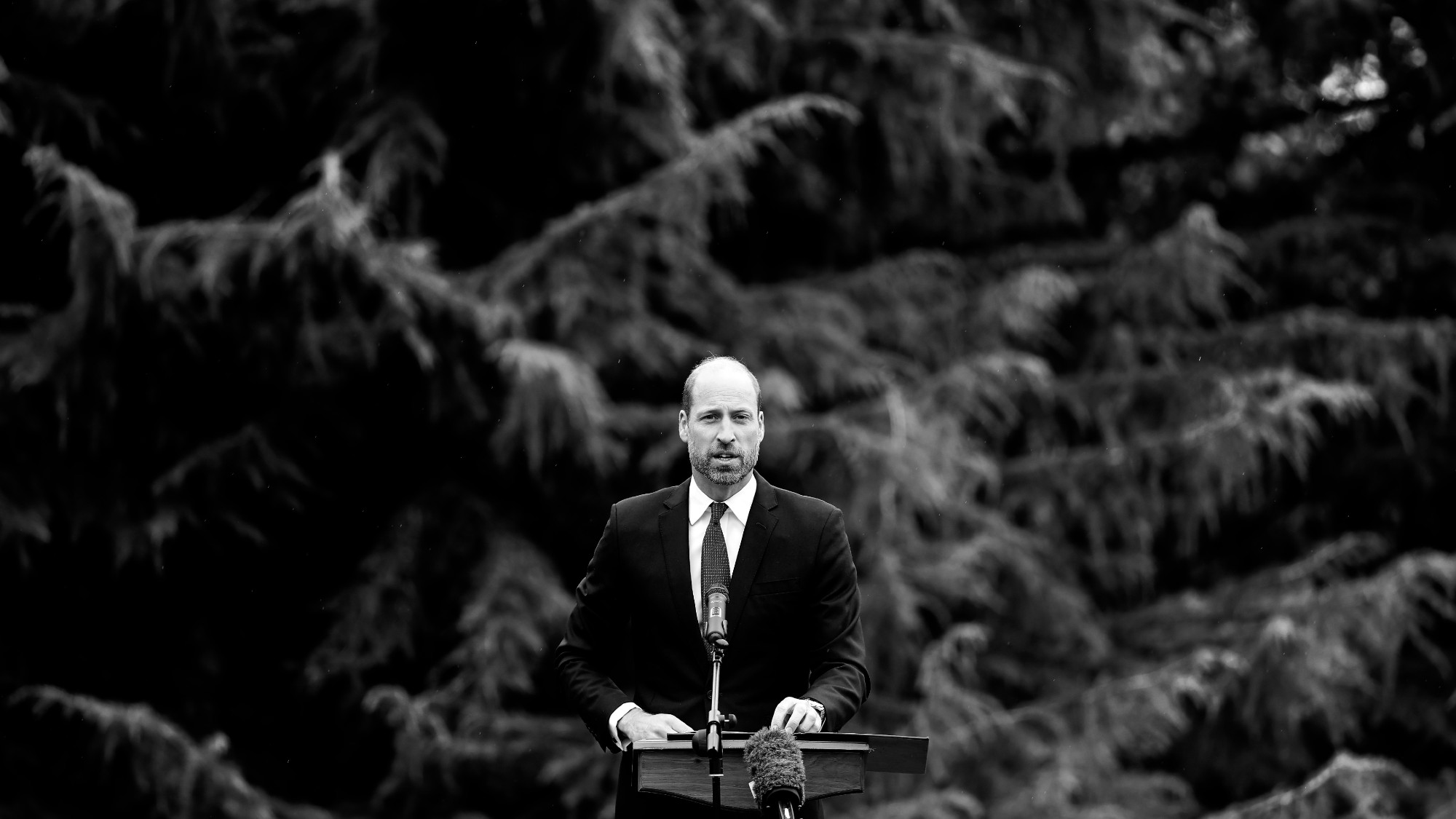 What will William be like as king?
What will William be like as king?Today's Big Question Prince of Wales said he won’t be ‘restricted’ by history when he takes the throne
-
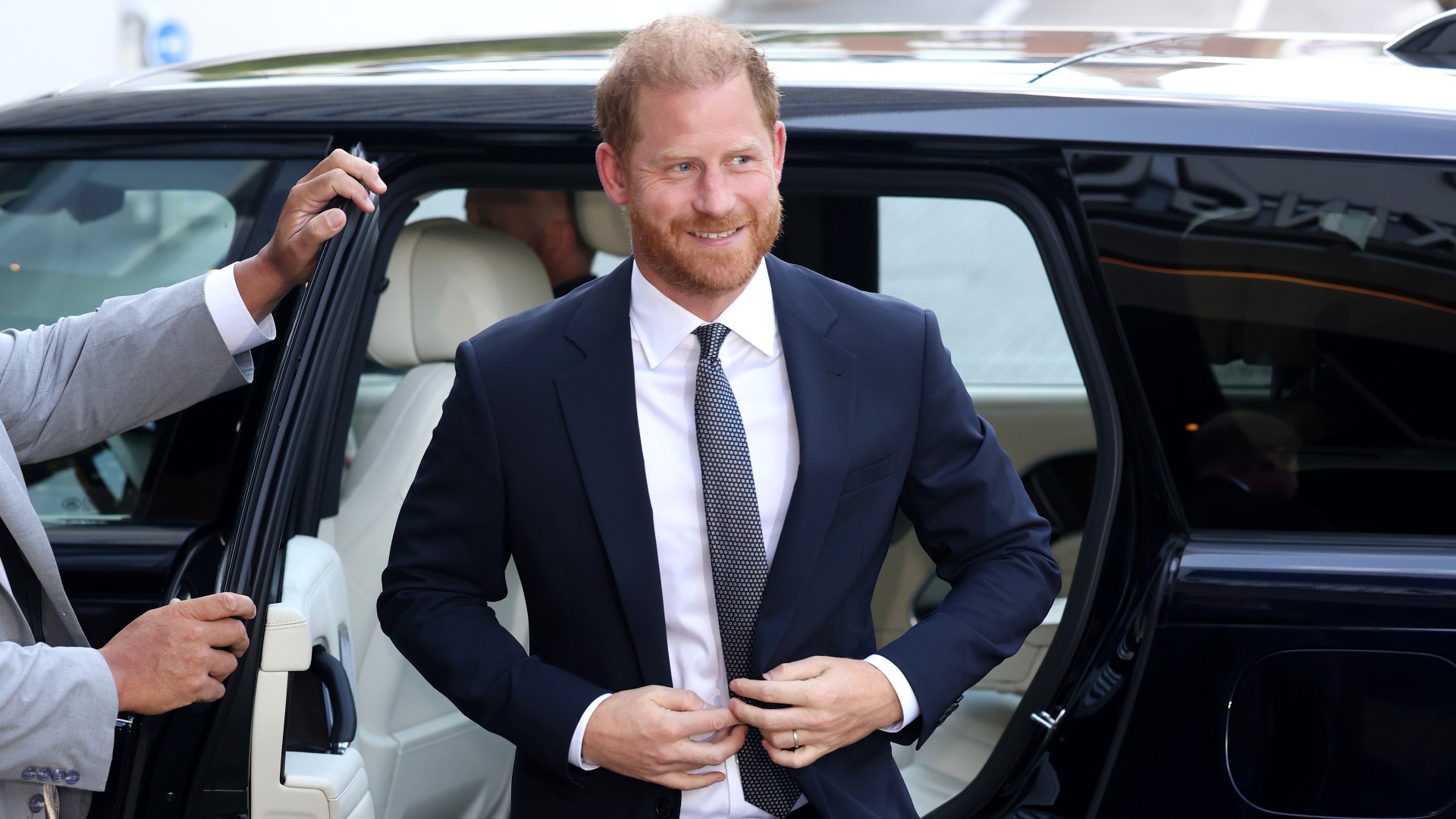 Prince charming: Harry’s tea with King sparks royal reconciliation rumours
Prince charming: Harry’s tea with King sparks royal reconciliation rumoursTalking Point Are the royals – and the UK public – ready to welcome the Duke of Sussex back in?
-
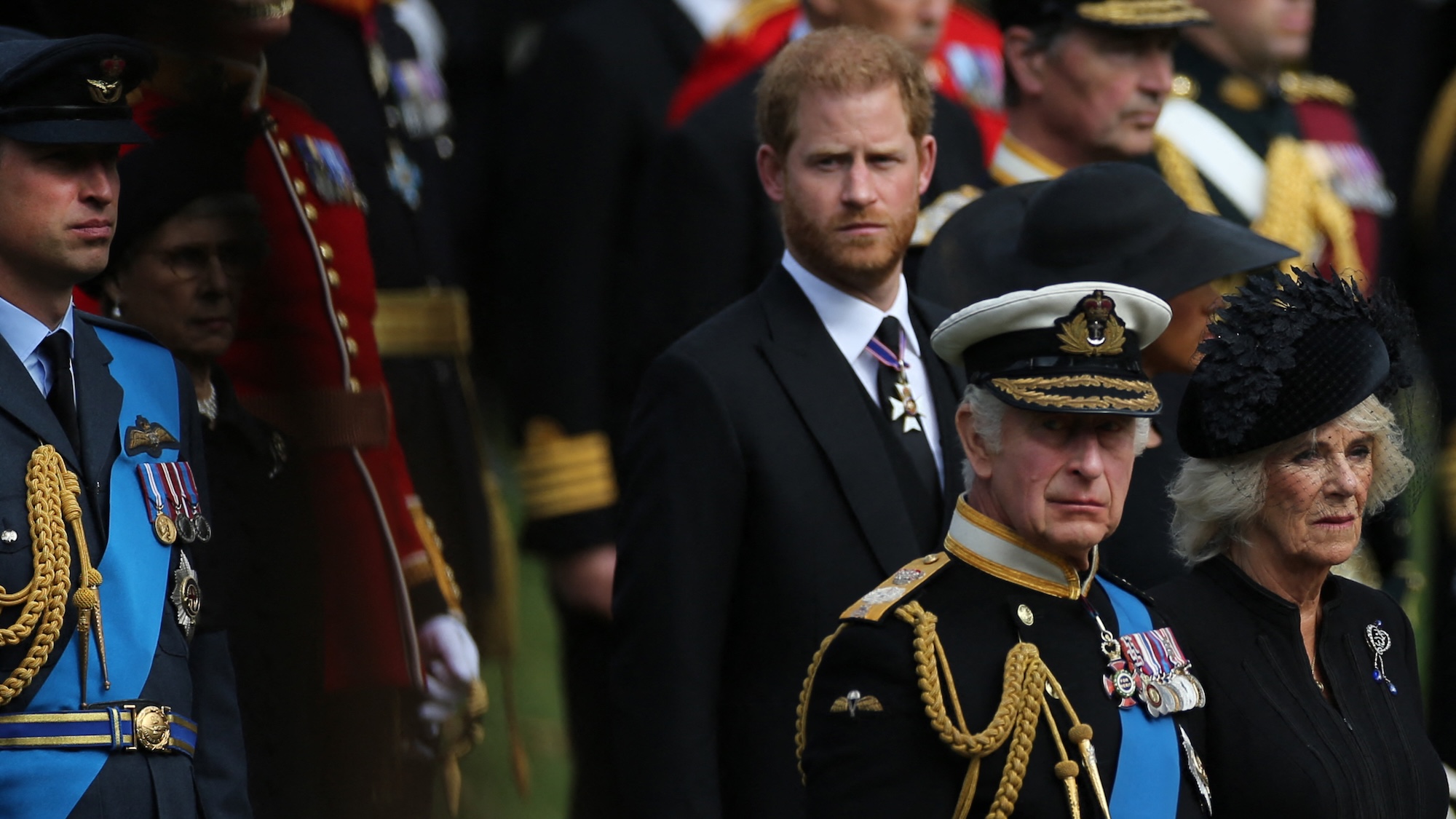 King Charles and Prince Harry: peace in our time?
King Charles and Prince Harry: peace in our time?Talking Point Leaked images of a secret meeting between royal aides suggest a dialogue is beginning to open up
-
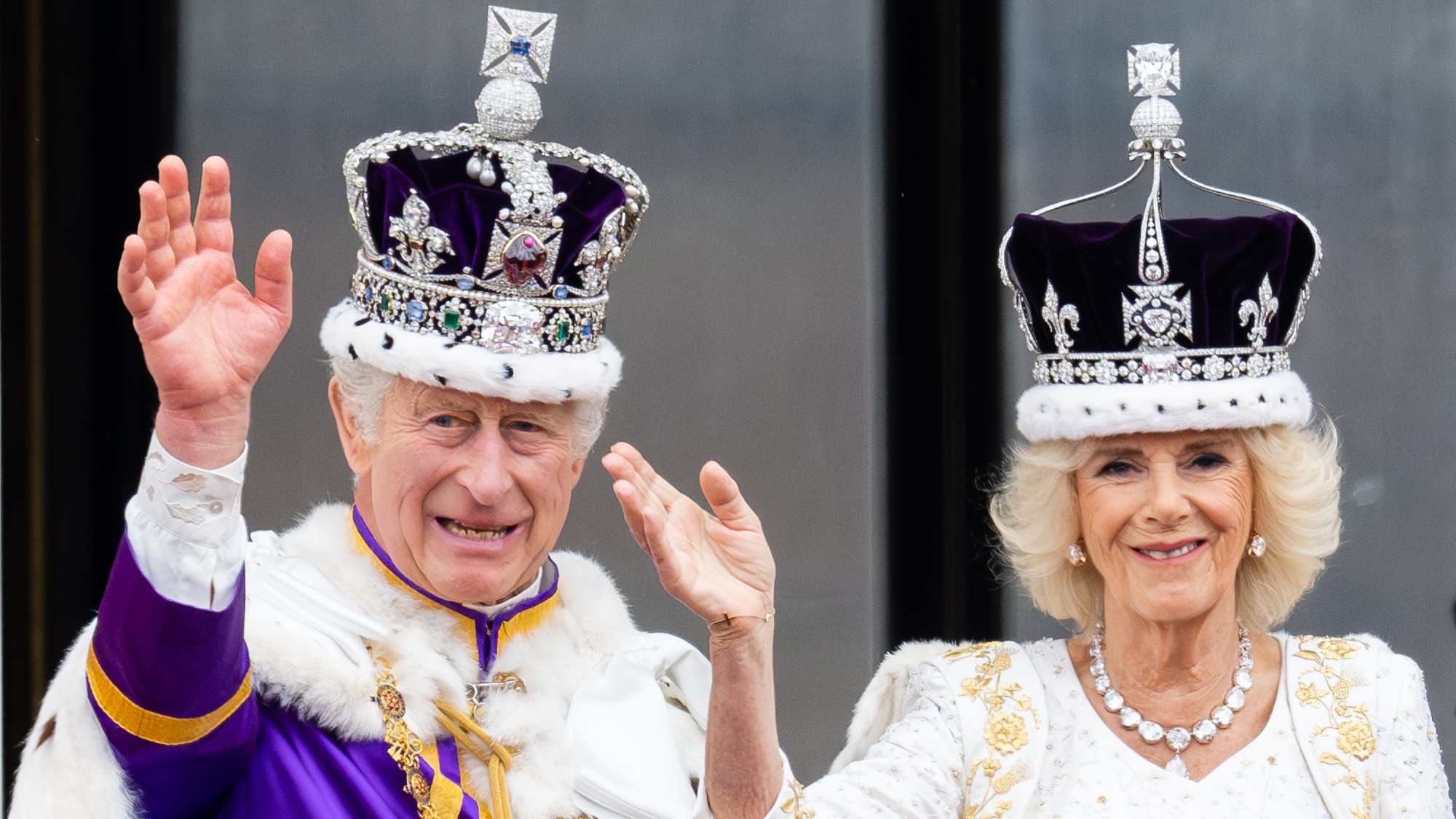 King Charles and the Sovereign Grant: how UK taxpayers fund the monarchy
King Charles and the Sovereign Grant: how UK taxpayers fund the monarchyThe Explainer Royals received £86.3m from government last year – and they are in line for a 50% increase
-
 Is Prince Harry owed protection?
Is Prince Harry owed protection?Talking Point The Duke of Sussex claims he has been singled out for 'unjustified and inferior treatment' over decision to withdraw round-the-clock security
-
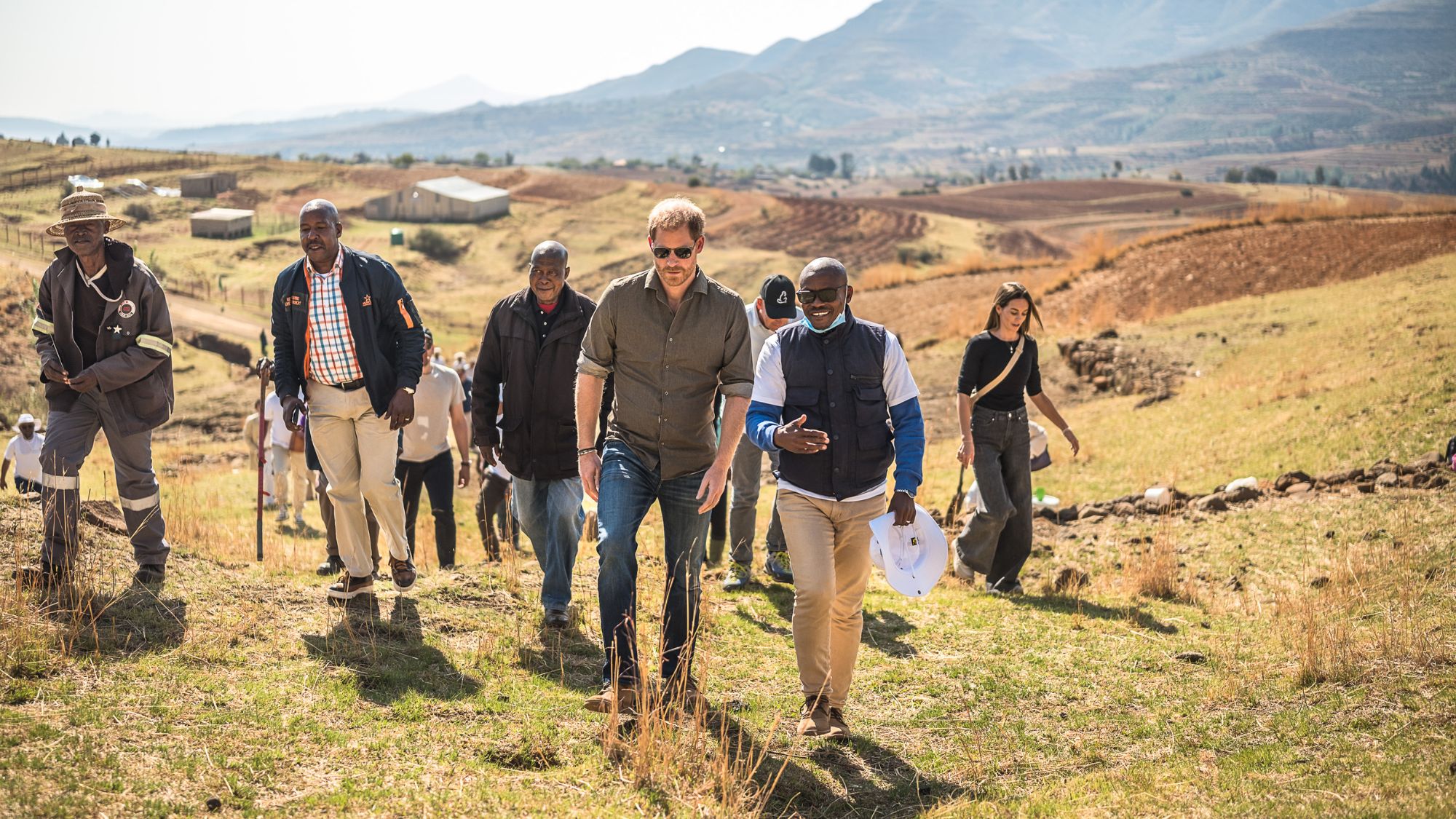 The Sentebale row: a blow for Prince Harry
The Sentebale row: a blow for Prince HarryTalking Point Duke of Sussex made 'devastating' decision to stand down as Aids charity's patron, following 'power struggle' between its trustees and new chair
-
 The princess and the PR: Meghan Markle's image problem
The princess and the PR: Meghan Markle's image problemTalking Point A tough week for the Sussexes has seen a familiar tale of vitriol and invective thrown the way of the actor-cum-duchess